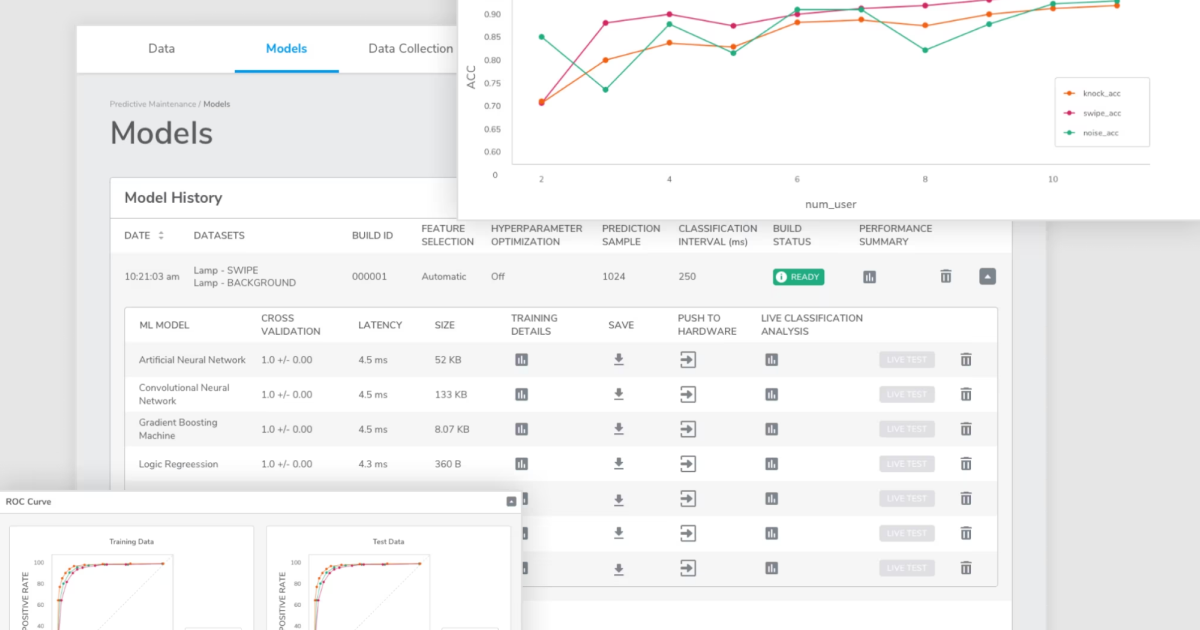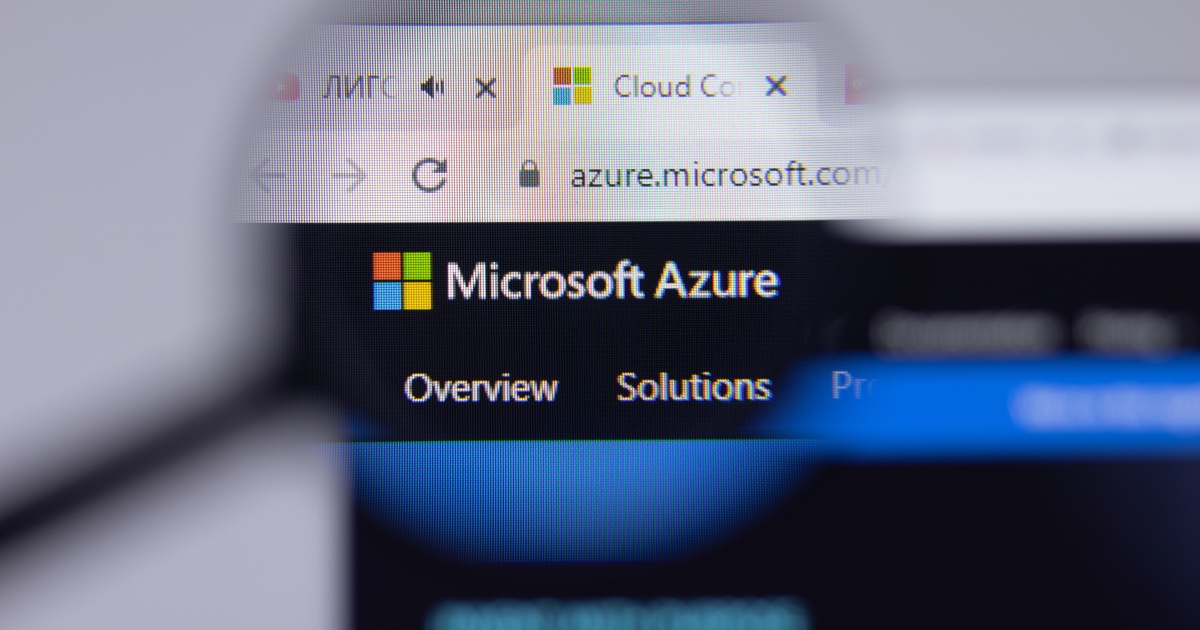Enterprise systems such as SAP, which happily run financials and human resources, are not always specific enough to address new operational processes when companies look to unlock extra revenue as their business models change. Taking aftermarket service as an example, Tom Devroy, Senior Product Evangelist, North America, at IFS explains there are many cases where a best-of-breed solution – integrating field service management (FSM) software alongside SAP – will benefit an enterprise rather than the painful process of re-engineering an existing package. Here he provides an integration roadmap.
In its recent ‘Connected Manufacturing Service Report’, Salesforce found 92 percent of organizations expressed a need to adapt their service models in order to keep up with customer needs. For 87 percent of them, investment in field service technology was a top priority. Many of them will find their monolithic enterprise software implementations lack the customizability and flexibility to meet the demands of KPI-oriented business processes in field service. Rather than being ‘locked in’ to one software provider, it often makes sense to integrate a modular solution to address emerging business needs).
The design of these best-in-class modular field service management (FSM) applications means they can be quickly deployed alongside existing SAP solutions with minimal disruption, and offer proven functionality for a low total cost of ownership.
Built with integration in mind
Best-in-class FSM software providers realize their applications will be deployed alongside core software exactly where it counts – in key business areas such manufacturing, reverse logistics or maintenance. Previous integration approaches included using MConnect, an XML-based connector technology. This performed well when implemented, but it was soon found that most companies with ERP products that required middleware to support an integration tended to already own middleware, or have an enterprise service bus in place.
Subsequent integration frameworks should now contain the capability to map data, without programming, between system (batch or real-time) and audit, monitor transactions sent or received from a target system including logging error correction, and resubmittal. It should also contain the tools to manage these connections as well as the scheduled execution of these integrations.
When sharing is caring - Three key areas
Any FSM solution must be able to interact with the many different SAP products that organizations rely on for day-to-day operations, including SAP Business Warehouse, SAP Global Trade Services, SAP Human Capital Management, SAP Hybris or SAP CRM Cloud.
These applications can be implemented in many ways due to the unique business processes of each end user and company, even including extensive custom programming and unique source code modifications by third party consultants. Best-in-class FSM needs to be an agile and configurable application which enables end user companies to create an environment that meets the precise needs of their business processes and value stream.
No two integrations are alike. But at a fundamental level, integrating a new flexible model will involve systems interaction in three key areas – master data, sales/purchase transactions and logistics.
Master data
Typically the SAP solution holds the master data which customers, suppliers, inventory, and the integrated applications – such an FSM system – must interact with. Businesses will receive information from the SAP solution, but the question is whether the FSM solution or SAP needs to transform the data relating to field service operations. FSM should have native XML format and transformation capability. In some integrations with SAP, the FSM can receive master data in IDoc messages and transform it into its native XLM format in the integration framework.
Stock, for instance, should be tracked in real time to provide visibility on the location and status of inventory. Technicians working on products or assets at a customer site may need to input that asset or a subcomponent into a reverse logistics inventory, or the status or location of the product may have changed. If a technician removes a component from a customer asset and needs to receive a part in the FSM solution, the stock movement needs to be done in real time. These real-time stock updates can happen asynchronously with no noticeable downside.
Sales/Purchase
Sales orders, service orders and other transactional tools all contain data used for invoicing in SAP and would need to be shared with the FSM solution. An integration needs to ensure the FSM system can extract everything that is required to build an SAP invoice. It is essential that the underlying data supporting the invoice also resides in the FSM system as this enables a more streamlined approach to service reporting. Otherwise, efforts to gain visibility into the performance of the service organization would have to pull data from both systems, which increases complexity and time.
If pricing information is contained exclusively in SAP, and a field service technician is issuing an estimate for parts and labor, the pricing information will need to be confirmed before that estimate or quote is issued. Or, if someone in the back office or in the field receives a request for service, the system may need to do a credit check prior to initiating the work. If a given customer is already delinquent, the integration may decline the transaction or SAP may send a warning response to the FSM system to notify the user that the customer is in arrears and to proceed where outstanding invoices are authorized for payment before work commences.
Logistics
An important factor to determine, is where stock is to be maintained. The data could reside in both SAP and the FSM solution, but a method needs to exist to keep stock levels accurate. Two systems using the same inventory need to be kept in sync.
Sometimes stock is purchased in SAP and sometimes in the FSM system. This is one area where the functionality of the two systems overlap. The question is whether inventory resides only in the FSM solution, only in SAP, or both. If you opt to keep it in both places, you need to ensure inventory levels increase and decrease simultaneously. This requires a single point of entry for requesting a PO, and backflushing a receipt on a PO line so that it is only received in one system.
Proven deployments
This framework has resulted in the successful integration of SAP and Field Service Management at over 50 sites worldwide. Makino, a manufacturer of metal cutting and manufacturing technology, integrates FSM with parts and inventory data in SAP, while time, accountability and expenses are still housed in the FSM solution. And Sysmex, a global diagnostic and analytics suppliers to healthcare facilities, integrates FSM with its SAP sales CRM, data warehouse for business intelligence, analytics and customer web portal.
Partnering for success
Consistent and connected data is crucial for cross-functional collaboration and executive decision making. FSM integrations should be designed to preserve a consistent picture of an organization – a single version of truth – while delivering the advantages of best-in-class field service management, reverse logistics, in-field mobility and scheduling.
Vendor lock-in with one software provider is a thing of the past. Rather than embark on a costly customization program, organizations should look to implement quickly deployable and already proven FSM to match their business strategies and get up and running with minimal impact on operations.
About the author: Tom DeVroy has over 30 years of experience in high tech service operations including work with hardware, software and consulting firms, as well as premier global service organizations like Ericsson, DHL, Xerox, and Ingenico. He holds a degree in business administration from the University of Wisconsin-Parkside.
Edited by
Ken Briodagh





